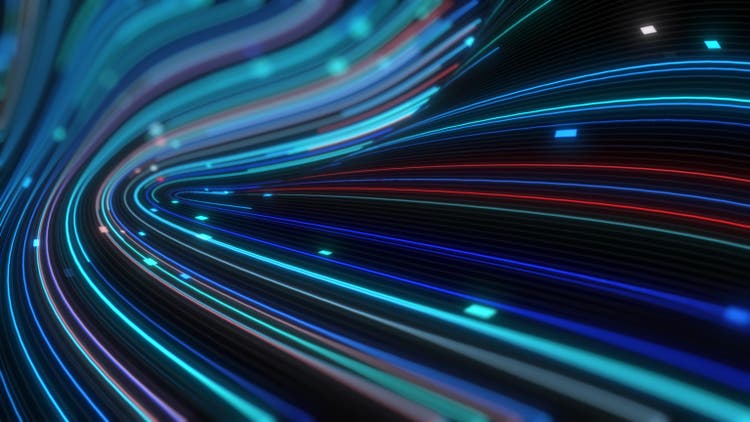Sea Change ferry arrives in San Francisco

Written by
Heather Erwin
M/V Sea Change has docked at Pier 9 in San Francisco (Credit: San Francisco Bay Ferry)
The much-anticipated zero-emission ferry M/V Sea Change, powered by hydrogen fuel cell technology, arrived in San Francisco over the weekend, where it will prepare to begin carrying passengers later this year.
Launched in August 2021 at All American Marine in Bellingham, Washington, the Sea Change is a 70-foot catamaran ferry designed by Incat Crowther and equipped with a Zero Emissions Industries (ZEI) hydrogen fuel cell system that includes 360 kW Fuel cells from Cummins and 242 kg hydrogen storage tanks from Hexagon Purus and a 600 kW electric propulsion system from BAE Systems that includes 100 kWh lithium-ion battery storage from XALT. The Hornblower Group was responsible for the construction management.
The ferry is operated by San Francisco Bay Ferry, which operates 16 ships to California cities such as Oakland, Richmond and Vallejo. The operator is working with U.S. Coast Guard officials in the Bay Area to obtain the necessary inspections and certifications needed to operate the vessel.
“We are finalizing plans for a demonstration pilot operation of M/V Sea Change, the world’s first hydrogen-electric passenger ferry, in the Bay Area,” said Thomas Hall, spokesman for San Francisco Bay Ferry. “San Francisco Bay Ferry has the cleanest, high-speed, high-capacity ferry fleet in the United States, but we are committed to moving toward a zero-emissions future. We plan to deliver our first zero-emission battery-powered electric ferries in the next few years and we are very excited to learn more about the potential of hydrogen fuel cells through this demonstration pilot. We look forward to announcing more in the coming months, including a date when the public can ride this state-of-the-art ferry.”
Peculiarities of the ferry
The 75-passenger ferry received gaseous hydrogen in its 500 lb (242 kg) tanks on the upper deck. It uses this hydrogen in fuel cells, which generate electricity to power electric motors for distances of up to 300 nautical miles, and can reach speeds of up to 20 knots – similar capabilities to diesel-powered vessels – with the added benefits of no exhaust smoke or other emissions and very little are emitted vibrations and noises.
The Sea Change project is managed and funded by SWITCH Maritime, an impact investment firm building the first fleet of solely zero-carbon seagoing vessels for takeover by existing vessel owners and operators.
The Sea Change was the first ship in the larger zero-carbon ferry fleet that SWITCH planned to build in 2022 in partnership with local authorities and shipowners looking to transition to zero-carbon ships. In the transition, they were able to leverage state grant funds related to transportation decarbonization activities targeted by the landmark US Infrastructure Act.
While the Sea Change isn’t the world’s first hydrogen-powered ferry, it is the first to use gaseous hydrogen in a fuel cell, rather than burning liquid hydrogen in an internal combustion engine. Among the advantages of using gaseous hydrogen is its availability. This is underscored by the fact that the fuel loaded into Sea Change’s tanks contains green hydrogen, produced in California by an electrolyser powered by renewable solar energy, so there is no CO2 in the production of the fuel -Emissions occur.
ZEI, formerly Golden Gate Zero Emission Marine, is responsible for the design and development of the first-of-its-kind marine hydrogen and fuel cell system on the Sea Change, as well as the ship’s unique refueling system that allows for direct refueling of hydrogen trucks and was responsible for the successful regulatory approval of all hydrogen-related aspects on board.
ZEI is a hydrogen technology company that develops and sells turnkey hydrogen power systems, advanced fuel cell balancing of plant subsystems, refueling systems and proprietary safety systems for a range of applications.
Categories: Ferries, News, Passenger, Uncategorized





